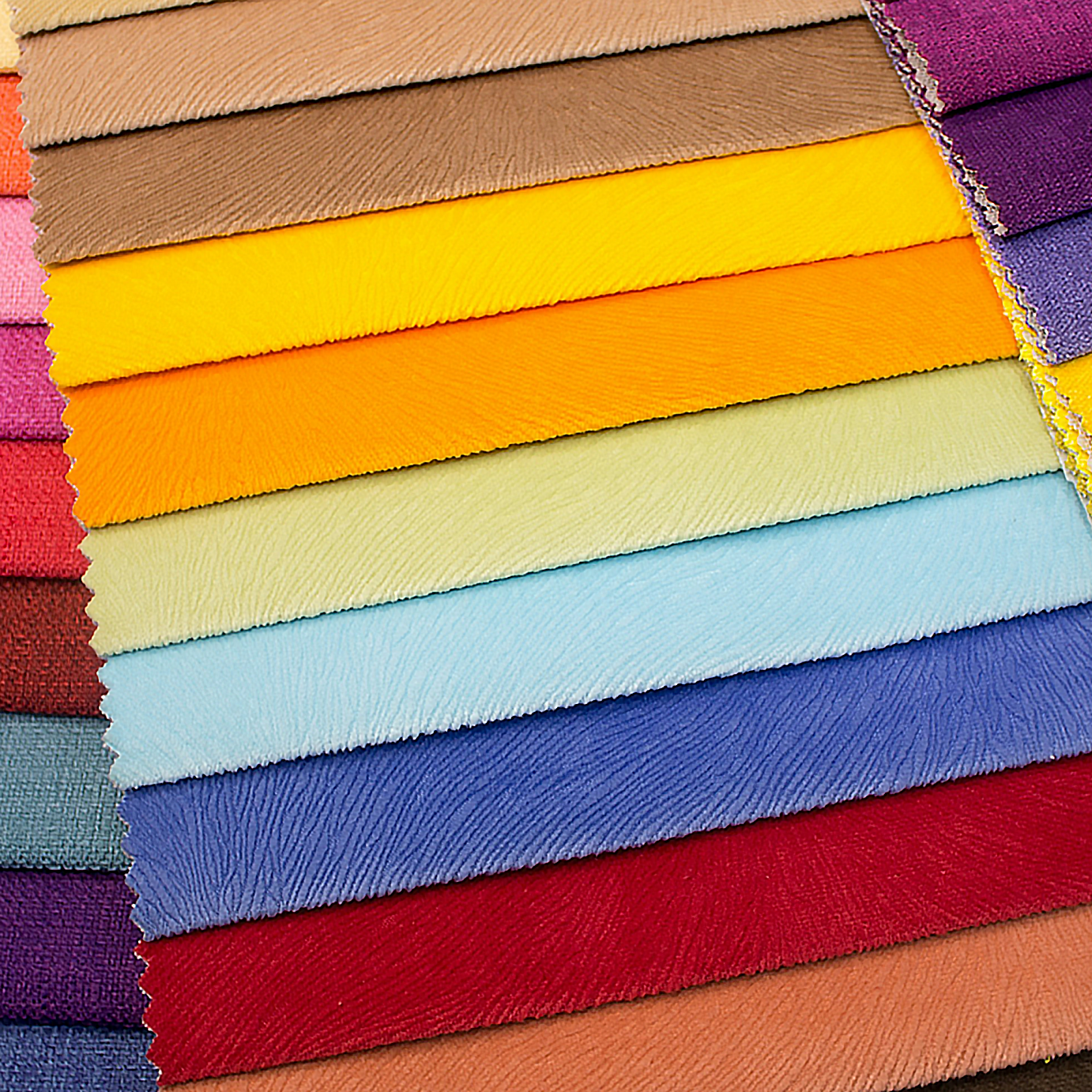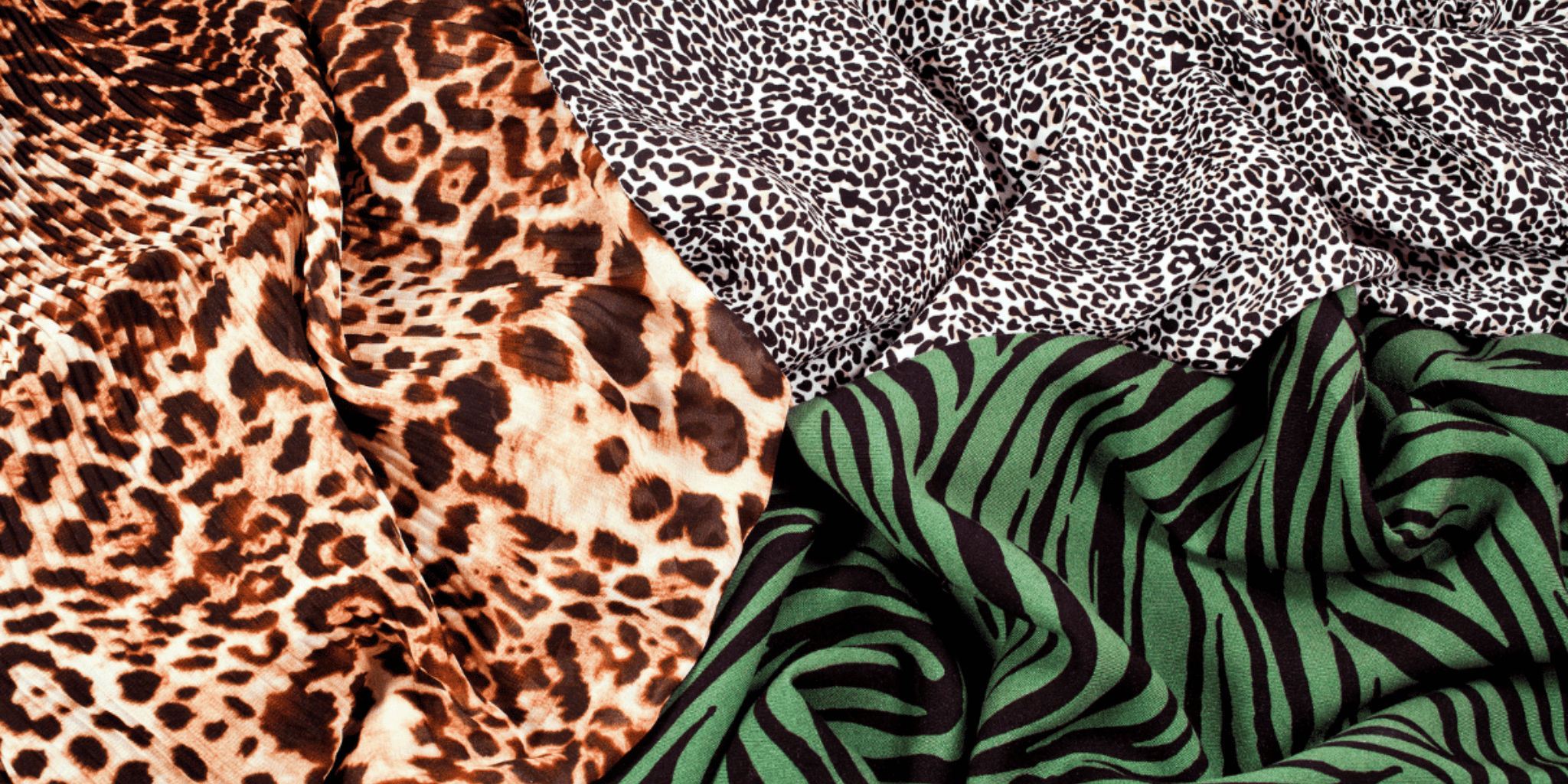
A classic for a reason, lace is a material that is always in style. With feminine trends like “coquette” and “cottage core” continuing to rise, lace accents are as popular as ever. Create a fun, frilly look for summer with our helpful guide to working with lace.
Before You Begin
Determine the kind of lace you’d like to work with. Some basic categories are sheer lace, stretch lace and “full lace,” or all-over-patterned. Take note of the weight, embroidery, density of the pattern, and stretch factor to help set yourself up for success. If you can, have a chat with your retailer to get more information.
Because lace is often sheer, you may need a lining for your garment. Select a fabric and color for the lining, then decide which side of the fabric you’d like to show through the lace.
Zelouf associates are available on Instagram @ZeloufFabrics for any questions about fabric, as well as by phone or email.

Materials Needed
- Lace fabric and pattern of your choice
- Fine sewing pins or fabric clips
- Sharp, thin sewing needles (70/10 is a great size). If sewing with stretch lace you will need stretch needles
- Sewing machine capable of sewing zigzag stitches, or a serger machine for seams
- Press cloth
- Lining material
- Sharp scissors or a rotary cutter
Preparation
Most lace is washable, but as always, double check with your retailer. We recommend hand-washing lace with warm water and gentle detergent, then air-drying. Keep in mind that most lace fabric will shrink considerably after drying.
Before sewing, lay out lace overnight. Allow the fabric to stretch, breathe, and relax out of its wrinkles.
As with any other project, read your pattern instructions, lay out pattern pieces and think through the steps before cutting into the fabric. Here are some helpful questions: Will you finish the seams, or leave a scalloped edge along the pattern of the lace? Does the project need a lining? Have you taken stretch sizing into your calculations, if applicable?
Constructing Your Garment
Doilies, table-runners and other decorative applications of lace are relatively simple to sew, while an entire garment made of lace may take a bit more planning.
When getting started, it’s best to map where the large and small shapes in the lace will fall on the body. As a rule, larger shapes emphasize and draw attention, while smaller shapes have a minimizing effect. If you’re working with a vintage or heirloom lace and want to highlight its detail, try laying it over a bodice or creating a simple skirt.
Tip from Zelouf: While we love lace for its delicate look, it can be so lightweight it may fall into your machine’s throat plate. To keep your lace from getting sucked in, go slow, use a light touch on the foot press, and gently hold up the thread when you backstitch.
Sewing Different Types of Lace
Sheer Lace typically requires a lining. Start with the lining to make your edges neater. Tuck the lining inside the garment and trim close to your stitch line. Darts look most polished and flattering when lace and lining are sewed together to form a single stitch line. This will also prevent the seam from showing on the outside of the final product.
When sewing stretch lace, try a zig-zag seam. Test and adjust tension and width on a scrap of fabric first. A Serger will be helpful for finishing edges.
For patterned lace, lay out your pattern, baste, and cut pieces individually to ensure the design matches up. Pieces should also be cut wide at the side you intend to seam. When sewing on a machine you may need to take your foot off the press while turning the material to navigate delicate corners.
Shop our collection of over 1,000 lace fabrics at Zelouf.com





